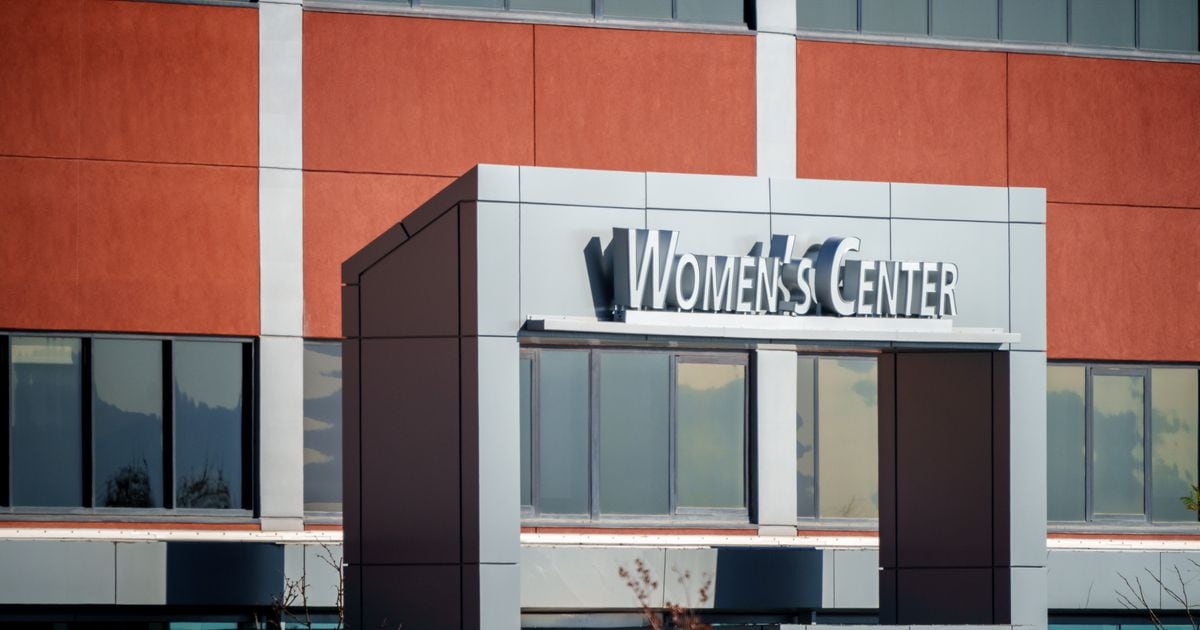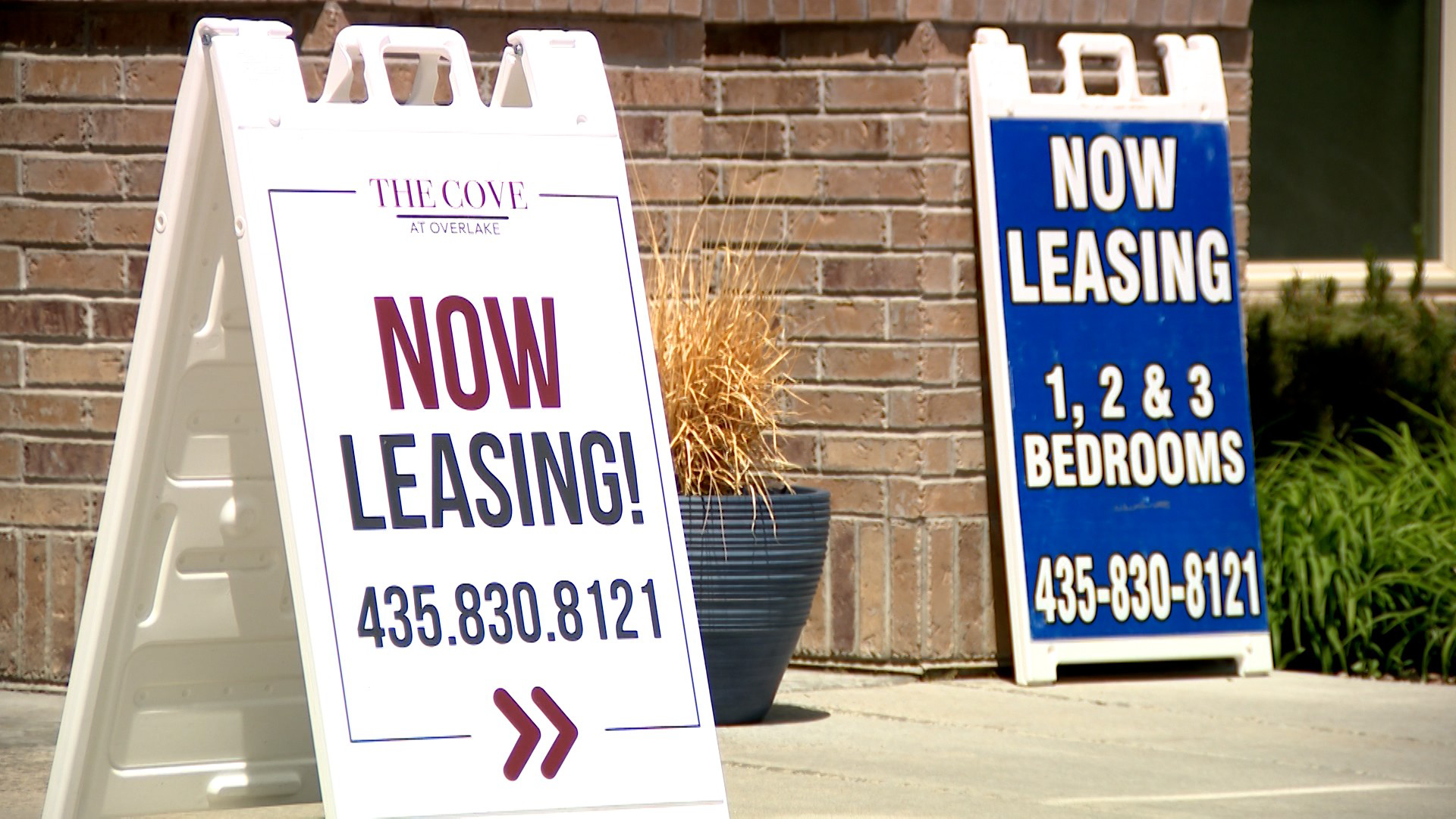A bill passed by Utah lawmakers earlier this year, framed by both sponsors and the governor as a “cleanup” to an oftentimes vague 2020 abortion trigger ban held up in court, has left many health care workers with more questions than answers.
While abortions in Utah remain legal up to 18 weeks, that law attempted to circumvent a court-issued injunction by prohibiting abortion clinics and moving all abortions to hospitals. Those hospitals, however, are ill-equipped to direct patients to care, a report published this month found.
Researchers with the University of Utah’s ASCENT Center for Reproductive Health called 50 hospitals throughout the Beehive State, asking staff, “If someone needed abortion care, could they receive it at your hospital?”
The answers researchers got back from workers in both emergency and labor and delivery departments varied widely. Some said abortion is illegal, or, “We don’t do that here.” Others were confused, the study noted, while a staffer at a larger hospital explained that there was a specific line to which they could connect patients with questions about abortion policies.
The spectrum of responses suggests to researchers that many of the state’s hospitals don’t have the systems in place to help employees navigate questions about abortion or offer such care in a “destigmatizing, supportive, timely way.”
“Right now, the hospitals are not well set up to route that person to the type of care they need,” said Jami Baayd, a public health researcher who led the project. “And we know there are really well-intentioned and excellent providers all across the state. This isn’t an issue of medical providers not necessarily wanting to provide the care, but it’s figuring out within the systems how to connect those individuals to care.”
Baayd said after an exchange between lawmakers in a committee hearing on HB467 — the enjoined law that would effectively ban abortion clinics — she realized there was a need to probe whether hospitals have the infrastructure in place to take on abortions.
‘Cascade of interpretation’ burdens hospitals
In a Senate Health and Human Services Committee meeting debating HB467, Minority Leader Luz Escamilla of Salt Lake City asked bill sponsor Rep. Karianne Lisonbee, R-Clearfield, whether her legislation could keep Utahns from accessing legal medical procedures.
“I don’t think that’s an issue in Utah,” Lisonbee responded. “In fact, we worked very closely with the hospitals to ensure that the language allowed them to perform these emergency services. So, I really don’t think that’s an issue. I don’t know of a hospital in Utah who isn’t performing these services [abortion care] for emergency patients.”
(Rick Egan | The Salt Lake Tribune) Rep. Karianne Lisonbee and Sen. Dan McCay discuss HB467 during a Senate committee meeting on Wednesday, Feb. 22, 2023.
About 1% of abortions in Utah are performed in hospitals, according to data from the Guttmacher Institute, a research and policy firm dedicated to advancing sexual health and reproductive rights worldwide, shared with news website The 19th earlier this year.
“In most cases,” the ASCENT study states, “hospital staff are not prepared to discuss what abortion services they provide.”
Researchers successfully connected with 29 of the 50 hospitals they called. Questions directed at staff, the report says, were not handled with the same “efficiency and neutrality” researchers expected from staffers about other medical procedures.
Continuing the conversation, the research team asked workers whether the hospital had a written policy regarding abortion and if it was posted online. They also queried whether the hospital had facilitated any discussions about abortion care and its legal status in Utah.
The goal was to find out whether staff were aware of where their hospital stood on providing abortion, not whether hospitals had established a policy about it.
Most frequently, the study found, staff members said they knew of internal protocols but not an official policy. Some said their hospital didn’t have a policy or they weren’t sure whether one existed, and most respondents didn’t know where members of the public could access the hospital’s abortion policy.
Some respondents said there were regular staff meetings discussing shifting abortion laws and hospital policy, helping them feel “confident” that they were working with up-to-date information. But in smaller hospitals, and those that aren’t part of a larger system, such conversations were less likely to happen.
One nurse manager told researchers, “We just want to take good care of people, and all of these policies make that confusing.”
When abortion laws change, as they have multiple times over the last couple of years, hospitals have to adjust their policies, and various departments within the hospital have to change their protocols.
“This cascade of interpretation burdens hospital systems — particularly when legislation is complex or unclear — and places onus on providers, who must interpret and bear responsibility for the laws while providing the best patient care they can,” researchers wrote.
“Further, abortion care is only a very small part of the care provided by these hospitals, which means they likely have few opportunities to fully develop and implement their protocols around abortion care.”
One of Utah’s largest hospital systems, the state-owned University of Utah Health, is prevented by statute from providing abortions under many circumstances. Other hospital systems with religious affiliations have policies against offering the procedure.
In Utah, The Salt Lake Tribune has previously reported, there is no mechanism to track what services hospitals provide, and hospitals are not legally required to disclose those.
Without an abortion policy distributed to staff, individual providers are often left to make decisions themselves as to whether abortion is a legal choice for a pregnant person.
In other states with bans, many of which have language similar to the one paused in Utah, confusion over where the line is drawn for exceptions has often resulted in people whose circumstances legally qualify for an abortion not being able to find a provider to give them one.
That consequence is one ASCENT officials say they are hoping to work with hospitals to help patients in the Beehive State avoid.
Murky legislation faces uncertain future
(Rick Egan | The Salt Lake Tribune) Planned Parenthood in Salt Lake City on Monday, April 10, 2023.
Lawmakers passed the near-total ban in 2020, crafting the legislation to go into effect if the U.S. Supreme Court overturned Roe v. Wade, the 1973 decision that protected abortion as a constitutional right.
When the court undid the landmark ruling last year in Dobbs v. Jackson Women’s Health Organization, the trigger law went into effect. It was soon blocked by a district court judge after Planned Parenthood Association of Utah sued to stop the ban.
If the courts allow the ban to take effect, abortion would only be allowed in limited circumstances — when it’s necessary to prevent the mother’s death or “a serious physical risk of substantial impairment of a major bodily function,” when the fetus has a fatal abnormality, and before 18 weeks in cases of rape or incest.
A separate Utah law passed this year, HB467, would — among other measures — effectively ban abortion clinics and require the procedure to be offered at a facility that could provide the same level of care as a hospital. That measure is now also on hold as part of Planned Parenthood’s lawsuit.
The organization has repeatedly argued that hospitals will not duplicate the services it provides pregnant people.
As Utahns wait to see whether a Beehive State without abortion clinics will become the new reality, ASCENT wants to make sure hospital staff have the knowledge to provide the full range of care they are able to under state law, and that they are transparent with patients when their policies or capabilities prevent them from providing medical services.
“A piece of [the study] was to really ask [hospitals] what resources they needed moving forward to make sure that they were able to provide the care that they are capable of and wanted to, and are within the legal bounds of the law without that chilling effect that we’ve seen in other states,” said Jessica Sanders, the research director at ASCENT.
How researchers say laws, hospitals could improve
(Rick Egan | The Salt Lake Tribune) Jessica Sanders of the ASCENT Center for Reproductive Health speaks during a news conference on Capitol Hill, Wednesday, March 1, 2023.
The study found routine and emergent abortion “has no real home in Utah’s hospital systems,” but there are ways that both hospitals and the state can lessen the impact of an abortion clinic ban on patients and staff.
Researchers recommended Utah officials create and distribute statewide training materials to educate providers on navigating abortion laws while caring for patients, as well as how to counsel people with unwanted pregnancies on their options.
The state could also designate “safe haven” hospitals where patients know they can access the full range of care for pregnancy emergencies, the report concluded.
Researchers also suggested removing provisions in the state’s near-total ban that would stick medical providers with criminal penalties for violating state abortion laws.
Subscribe To The Daily Buzz Newsletter
Get the latest news by subscribing to our
The Daily Buzz newsletter. Enter your email below
to receive more stories like these right to your inbox.
A spokesperson for the Utah Department of Health and Human Services said the report’s recommendations could only be implemented through legislative action.
“The report asks important questions that highlight some of the complex challenges that come with providing reproductive health care,” the spokesperson wrote in a statement. “DHHS does not mandate specific hospital policies about reproductive care, and all maternal care that is offered through DHHS programs or community collaborations follows current Utah law.”
Lisonbee, the lawmaker who sponsored HB467, did not respond to requests for an interview or answer questions about whether she would consider introducing any of the report’s recommendations in a bill.
Outside the Capitol, the report recommended, hospital officials should consider being more transparent about their policies and designate a place for both employees and patients to go for help with abortion-related questions.
Officials at medical centers should also review their policies alongside state law to ensure they aren’t unintentionally imposing additional restrictions.
“While in some cases these policies may intentionally be more restrictive — reflecting specific religious views, for example — in other cases the policies may be a result of misunderstanding the law, unexamined tradition, political pressure, or concerns about loss of funding,” the report reads.
The Utah Hospital Association did not respond to requests for comment, but, in a post on its website after HB467 passed, urged hospitals to look over the law with their legal counsel. The organization’s spokesperson previously told The Tribune that each health care system would “need to determine how to respond” to the bill’s passage, and later added, “all Utah hospitals will follow state law.”
Sanders, the research director at ASCENT, emphasized that the report is merely a snapshot of how hospitals might approach abortion moving forward, and that ASCENT hopes to keep an open dialogue with health care systems as it adapts to evolving policies.
“Understanding the nuance to abortion care as part of the full spectrum of reproductive health is critical,” she added.
Both Sanders and Baayd, however, said pregnancy is ultimately safer when abortion is legal. Research in states with the strictest abortion bans indicates that more restrictions can lead to worse health outcomes for pregnant people.
“I think the legislators really want it to be true that you can excise abortion, like there’s this whole spectrum of care and you can just neatly cut out the borders of this specific type of abortion care that they would like to target and leave all the rest of the spectrum of care in place,” Baayd said. “And that, from a public health standpoint, certainly is categorically untrue.”































